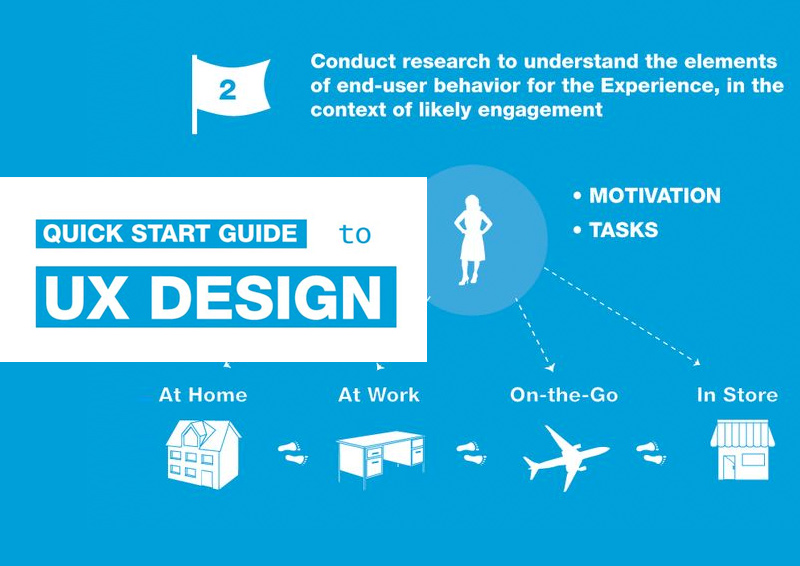The Change Of Online Operatings Systems: A Trip Through Time
The Change Of Online Operatings Systems: A Trip Through Time
Blog Article
Content By-Dalrymple Dodson
In the past, internet sites were straightforward and concentrated on details. Navigation was straight, and layout was for desktop computers. Now, user experience is crucial. Information guides layouts for very easy navigation. Responsive designs match different tools. Today, dark mode lowers strain, and minimalist menus boost navigation. look at this web-site engage users, and vibrant visuals attract attention. AI integration enhances involvement. See just how Read Much more has actually progressed to enhance your on the internet trip.
Very Early Days of Website Design
In the early days of web design, simplicity preponderated. Websites were standard, with limited colors, typefaces, and formats. managed hosting platform got on giving info instead of flashy visuals. Individuals accessed the net through slow-moving dial-up connections, so speed and performance were key.
Navigation food selections were straightforward, commonly located on top or side of the page. Internet sites were made for desktop, as mobile surfing wasn't yet common. Content was king, and developers prioritized easy readability over complicated design elements.
HTML was the main coding language utilized, and designers had to function within its restrictions. Computer animations and interactive features were marginal compared to today's requirements. Sites were fixed, with little vibrant content or personalized user experiences.
Rise of User-Focused Design
With the evolution of site layout, a shift towards user-focused style principles has become significantly famous. Today, producing web sites that prioritize user experience is critical for engaging visitors and achieving company goals. User-focused design includes understanding the demands, choices, and behaviors of your target market to customize the web site's format, material, and features as necessary.
Developers currently perform thorough research, such as individual surveys and usability screening, to collect understandings and comments directly from customers. This data-driven method assists in producing user-friendly navigating, clear calls-to-action, and visually appealing user interfaces that resonate with visitors. By putting the user at the center of the design process, internet sites can supply a much more personalized and enjoyable experience.
Receptive design has actually likewise emerged as an essential facet of user-focused design, making sure that internet sites are optimized for various devices and display dimensions. This versatility enhances access and use, catering to the varied ways users interact with sites today. Essentially, the surge of user-focused design symbolizes a shift towards producing digital experiences that prioritize the demands and expectations of the end user.
Modern Trends in Website Design
Check out the current trends shaping web design today. One noticeable trend is dark setting layout, providing a streamlined and modern look while minimizing eye strain in low-light environments. An additional essential trend is minimalist navigation, streamlining food selections and boosting user experience by concentrating on essential elements. Integrating micro-interactions, such as computer animated buttons or scrolling impacts, can create a more engaging and interactive web site. Responsive style continues to be critical, guaranteeing seamless customer experiences across various tools. Furthermore, utilizing strong typography and unbalanced formats can add visual interest and accentuate certain material.
Incorporating AI modern technology, like chatbots for customer support or individualized suggestions, boosts individual interaction and simplifies procedures. Availability has likewise become a significant trend, with designers focusing on inclusive layout practices to satisfy diverse customer needs. Embracing sustainability by enhancing website efficiency for rate and performance is another emerging trend in website design. Working together with user comments and data analytics to repeat and improve layout constantly is necessary for staying appropriate in the ever-evolving digital landscape. By accepting these contemporary fads, you can create an aesthetically enticing, straightforward website that reverberates with your audience.
Verdict
As you reflect on the development of website layout from the early days to currently, you can see how user-focused layout has ended up being the driving force behind modern-day fads.
Welcome the journey of adjustment and adjustment in web design, constantly keeping the individual experience at the leading edge.
Keep current with the most up to date trends and innovations, and never quit progressing your strategy to produce aesthetically stunning and straightforward web sites.
Advance, adapt, and develop - the future of web design remains in your hands.
